|
Zoom lenses really started to come into their own by the late-1970s and became standard equipment with most SLRs by the mid-'80s. Versatility was the name of the game, with such optics sometimes enabling a photographer to replace up to 3 primes with one lens. However, this was not a free lunch; there were always compromises involved.
0 Comments
Welcome to Part 2 of Choosing Manual Focus Lenses. We will now delve deeper into the categories of focal lengths and the differences between them. As in the previous post, we will be looking at this in terms of vintage 35mm format manual focus (MF) lenses, but you can use the principles for more modern glass and other formats. WARNING - There may some numbers involved! (I'll try to control myself ;-)) Fun With Focal Lengths In 35mm format: "Normal" lenses range from 40 - 58mm (with 50mm being by far the most common and was the basic kit lens offered with SLRs for years); Wide-angles go from about 28 - 35mm; Extreme wide angles from 15 - 25mm; Ultra-wide angles are less than 15mm; Telephotos from 65 - 300mm; and Super Telephotos are greater than 300mm. All of these categories are approximate, but you get the general idea. We will look at single focal-lengths and, in the next article, discuss how zooms combine several focal lengths into one lens and the advantages/disadvantages of doing so. One of the most daunting experiences for an SLR owner can be deciding which lenses to choose to achieve their photographic goals. The sheer number of possibilities can seem overwhelming when trying to narrow things down to a manageable kit, both expense- and weight-wise. Further complicating matters is that what works well for someone else may be entirely different than what will be best for you. Choosing lenses goes beyond mere quantitative measurements. Your aesthetic sense of how you see the world around you, along with the genres of photography you pursue, and the conditions you will be working in all have a direct bearing on which lenses will be most suitable for you. Too many of us have learned the hard way about which lenses are best suited to our needs and abilities. Trial and error does often eventually lead us to the right conclusions, but with a considerable amount of wasted time, energy, and MONEY. Could there be a better way? Updated May 3, 2022 Here is the second part of the fifth entry in our "Choosing a Vintage SLR System" series for manual focus SLRs. In Part #1 we looked at the Pentax M42 screwmount system. Pentax was the last of the "Big 5" (Canon, Minolta, Nikon, and Olympus being the others) to adopt a bayonet-style lensmount, doing so in 1975. The K-mount has continued to serve (in modified form) into the digital era. For now we will confine ourselves to the manual focus film era. So let's get to it with our standard format of: 1) Lenses, 2) Bodies, 3) Flash, 4) Accessories, and 5) Reliability & Servicing. Updated Apr. 27, 2022 Greetings, and welcome to our fifth vintage SLR system overview, this time featuring Pentax (or Asahi Optical Co. as they were originally known). In this installment we will examine their first SLR system, which (aside from the Asahiflex models) utilized the M42 screwmount introduced by Zeiss in 1949. Over time, such was their success, M42 became commonly referred to as the Pentax screwmount. The M42 mount was used by Pentax for 20 years (1957-76) and today represents one of the most affordable and accessible SLR systems available to the vintage-focused photographer. In the second part of our Pentax overview, we will dig into the bayonet-style K-mount system introduced in 1975, and which is still used (in a modernized electronic form) by Pentax. As usual, we will break things down by: 1) Lenses, 2) Bodies, 3) Flash, 4) Accessories, 5) Reliability & Servicing. Updated Feb. 1, 2022 It had been a slow afternoon. The kind of afternoon you read about in cheap detective novels. An empty bottle sat on my desk. As empty as a Maalox bottle could be after two too many Taco Bell chalupas. "Why?", I asked myself, knowing full well what the answer would be. Fortunately, before I could answer myself, the door swung open. In walked trouble, Nikonista, by the look of the yellow strap hanging out of her handbag with the big, black letters N...i...k...o...n on it. Your learn to pick up on such subtleties after a few years in this business. Updated Dec. 1, 2023 Welcome to the fourth installment of our "Choosing a Vintage SLR System" overviews! It features Olympus, one of the most influential Japanese camera manufacturers. We will work our way through: 1) Lenses, 2) Bodies, 3) Flash, 4) Accessories, and 5) Reliability & Servicing. But first...a little introduction :-). Olympus first came to prominence in photography in the late 1950s and early '60s with their half-frame (18x24mm, which was half of the 35mm frame) Pen series of cameras specifically targeted at the Japanese and later, the European markets. They were designed to be affordable for the average worker and economical to operate while still providing decent quality for an 8x10 print. Olympus sold millions of Pens. Ironically, it was the refusal of Kodak to support the half-frame format in the USA that pushed Olympus into the 35mm arena. For a more in-depth look at this turn of events, see this article. Although Olympus was the last of the major Japanese manufacturers to get into the 35mm SLR game, they made quite the splash in 1972 when they finally joined the fray. The immense influence Olympus exerted on the photographic world was due, in large part, to the efforts of the brilliant designer Yoshihisa Maitani and his team of engineers. The creator of the Pen and OM series was always seeking to do something different, not just copy others, and this does much to explain the success of Olympus over a three-decade period with its film-based equipment. The OM series would do more to reduce the size and weight of 35mm SLRs than any other system. What is more interesting was the impact this had on the other, more well-established manufacturers (Canon, Minolta, Nikon, & Pentax) known as the "Big 4". By the late-'70s, that designation had to be changed to the "Big 5", due to the success of the OMs. So let's take a closer look at all the OM system has to offer. The history of Kodak is a very human one with examples of ingenuity, tenacity, and decisiveness, alongside of arrogance, complacency, and fallibility. Much has been written about the brilliance of George Eastman in creating a mass market for photography and his company's subsequent mastery of that market for a century. More recently, the bulk of analysis has focused on the fall of Kodak from dominance and the underlying causes. 130+ years is not a small field of study by any means, so let's examine just a 25-year slice of Kodak's life that will illustrate how Kodak transitioned from a proactive, anything-but-complacent juggernaut to an increasingly reactionary player in the photography market. The period from 1963 to 1988 is a fascinating one as it contains the best and worst of Kodak. With a major SLR slump under way, the early-to-mid-1980s were the golden age of the compact AF (auto focus) 35mm camera. Many snapshooting consumers, who had been sucked in by the snake-oil promise of SLRs that did everything for you, now turned to what they had really needed all along: relatively affordable compact AF models. Innovations were coming fast and furious, and widespread cost-cutting had yet to enter the picture. All of the major (and most of the smaller) manufacturers had at least one high-quality entrant in the hotly-contested 35mm f/2.8 category. By the late '80s, however, the bean-counters and the public's clamor for zoom lenses ensured the demise of the capable, yet economical, AF compact. But let's go back to the boom days of... Updated Jan. 9, 2021 The third article in our series "Choosing a Vintage SLR System" takes on the Nikon F-mount, arguably the most well-known, and definitely the longest-lived of all the 35mm SLR bayonet systems. After a brief introduction, we will break down our overview in this format: 1) Lenses, 2) Bodies, 3) Flash, 4) Accessories, 5) Reliability & Servicing. Nippon Kogaku (Nikon) began to build their reputation in the early 1950's as one of the premier Japanese optics manufacturers. Fortune and Life magazine photographers Horace Bristol and David Douglas Duncan were working in Japan and they were introduced to Nikkor lenses for the Leica M39-mount and Contax cameras then favored by photojournalists. Within a few years, Nikon introduced their famed S-mount series of rangefinder cameras that set new standards for rugged reliability. With the success of the Asahi Pentax SLR of 1957, Nikon found itself at a crossroads, with two management factions forming: one wanting to stick with rangefinders, and the other pushing for SLR development. Eventually (and fortunately for Nikon) the SLR project went ahead, drawing much from the SP rangefinder design. The result was the Nikon F of 1959, a professional-oriented machine. A whole line of Auto-Nikkor lenses underwent rapid development in the early '60s, giving Nikon one of the most extensive offerings of the early Big 4 (Canon, Minolta, and Pentax were the other companies). Nikon also developed a large assortment of accessories to increase the performance and versatility of the F: interchangeable finders, focusing screens, motor drives, etc. Throughout the 1960s and '70s, Nikon solidified its reputation as the first choice of photojournalists and widened its scope to include advanced amateurs, and by 1979, to the average consumer. By the early '80s, they had risen to second place in overall sales among the now-Big 5 (Olympus had elbowed its way in during the mid-'70s). That would be the high-water mark for the Nikon manual focus system (and all other MF systems), although Nikon would continue to produce MF bodies and lenses into the 21st century, which was longer than any other major Japanese manufacturer. So let's get going with Nikon. Updated June 30, 2021 Welcome to our second system overview, this time featuring the Canon FL/FD system, in our "Choosing a Vintage SLR System" series. Following a brief introduction we will break things down via the format of 1) Lenses, 2) Bodies, 3) Flash, 4) Accessories, and 5) Reliability & Servicing. Canon was an early entrant into the SLR market in 1959 (the same year as Nikon) with its Canonflex model in what it called the R-mount. Compared to its competitors Asahi Optical Co. (Pentax), Chiyoda Kogaku (Minolta), and Nippon Kogaku (Nikon), Canon got off to a slower start in SLRs as far as sales went. This was due to a couple of factors: 1) Canon remained focused on the rangefinder market as the others went pretty much all-in on SLRs, and 2) the Flex and its immediate descendants the RP, and R2000 were quirky machines with a bottom plate-mounted film advance trigger which was rangefinder-derived. The R-mount, with its breech lock lens coupling, did serve as the basis for the succeeding FL and FD mounts, although it used different internal controls for aperture functions. With the final R-mount camera, the heavyweight RM (1962), Canon went more mainstream with the control configuration and it was their first SLR with a built-in meter. They still remained fourth in sales, however, because they trailed the other three manufacturers in camera/lens automation. Updated Jan. 26, 2021 Welcome to the first system overview in our "Choosing a Vintage SLR System" series! We will proceed through the Big 5 Japanese SLR makers, first looking at manual focus (MF) systems and then auto focus (AF). We will now take an in-depth look at the manual focus "mind of Minolta". Following a brief introduction we will use our usual format of 1) Lenses, 2) Bodies, 3) Flash, 4) Accessories, 5) Reliability & Servicing to break things down. Minolta was the second major Japanese manufacturer to offer a pentaprism SLR with an instant-return mirror behind Asahi Optical Company and their Pentax (1957) model. They introduced their SR & Auto Rokkor (the "auto" stood for the automatic opening/closing of the lens diaphragm) lenses and the SR-2 camera body in 1958. Minolta quickly became the sales leader among the SLR makers and dominated the amateur market in the early 1960's. There was a strong engineering mindset at Minolta and they were not afraid to innovate throughout the next four decades. Various attempts to break into the professional market over the years always seemed to fail market-wise, but Minolta's attempts served to push the boundaries of what a professional SLR could be. The amateur market seemed to be the place where Minolta found its sweet spot. Minolta was also one of the two major manufacturers that made their own glass (the other was Nikon) for their lenses, thus exercising control over the entire lens-making process. Sadly, by 2006, strategic missteps brought about the end of Minolta as a major player in the SLR world, with the camera division being sold to Sony. But there are still treasures to be found in the old Minolta Mine. Let's get digging! System - a group or combination of...interacting elements forming a collective entity Collins English Dictionary Having the concept of "system" clearly in mind goes a long way in making a good choice of any SLR, whether it's vintage film or a brand new digital setup. The camera body on its own, sophisticated as it may be, is of no use without lenses. Other accessories - such as flash units, motor drives, and multi-function backs - increase the capability and versatility of the SLR. Oftentimes, we get caught up in the brand name, appearance, and/or specifications of the SLR body, to the neglect of the rest of the system which will play such a critical role in our photography. The vintage SLR user is spoiled for choice when it comes to selecting a system. We have the Big 5 - Canon, Minolta, Nikon, Olympus, and Pentax - along with a smattering of smaller but still-capable candidates like Contax/Yashica, Fujica, Konica, and Topcon, among others. Which system best fits your needs and wants is obviously a personal decision. How to help you to identify and prioritize your needs is the objective of this article. It will be followed by a series of system overviews for each member of the Big 5. 1966 brought twin model introductions from Minolta that would lay the foundation for their next decade of rangefinder cameras. The nearly identical Hi-Matic 7s and 9 both featured Minolta's new CLC (Contrast Light Compensator) metering, which would serve as the top-of-the-line exposure measurement system for Minolta SLR and rangefinder cameras until the introduction of the AE-S Finder (1976) for the professional XK/XM SLR followed by the introduction of the enthusiast-oriented XD in 1977. Let's take a closer look at the Hi-Matics and the 7s in particular... Updated Aug. 30, 2021 In 1962, Nikon decided to take the plunge into the amateur enthusiast SLR market with a new model, the Nikkorex F. From 1959 to this point, they only had the solitary, professional-oriented, Nikon F in their SLR lineup. The price of the F put it out of reach of the average 35mm photo enthusiast. In the meantime, Minolta and Pentax were cleaning up in the sales department in the amateur market, with Pentax having approximately four times and Minolta ten times the overall sales of Nikon in the whole interchangeable lens SLR market in 1962. This would prove to be a very consequential decision by Nikon, one that would impact their growth for decades to come. And not just in camera body sales. However, the Nikkorex F would fail to achieve Nikon's goal of successfully breaking into the enthusiast market. So it was back to the old drawing board... Updated Oct. 17, 2023 With the longest-lived current 35mm SLR bayonet-mount (introduced in 1959), Nikon has a vast catalog of manual focus lenses in a sometimes dizzying array of variations. This can make choosing the right one for you seem daunting. Hopefully, we can help you to find the most suitable candidates for your Nikon lens (Nikkor) arsenal. In our first Nikkor article, we looked at the best bargains in single focal length (prime) lenses. In this follow-up we will attempt to peruse the bargain bin for zoom lenses. "Bargain" is relative in this case to other Nikkors in the same general focal length range ;-). Nikkors generally have higher prices than other Japanese brands of vintage glass because the mount is still current and because of Nikon's reputation as the "choice of pros" over a period of many decades. The mid-1970s were a time of major transition in the SLR industry. The biggest changes involved the downsizing of camera bodies (initiated by Olympus), the general electrification and computerization of many functions (most notably with the Canon AE-1), and the inevitable de-contenting and cost-cutting that came with increased competition between all manufacturers for market share. Perhaps no series of SLRs demonstrated being caught in this no-man's land more than the first three models Pentax released with its brand-new K-mount bayonet in 1975. Two models would survive only two years, the third only five. Yet, ironically, the fourth model, introduced in 1976, would go on to be one of the most successful and iconic of all SLRs and would be in production for over 20 years. Fortunately for vintage camera lovers, any of these K-series SLRs can still be enjoyed and are serviceable even today. So let's take a look at the tragic trio of the KM, KX, K2, and the student camera extraordinaire, the K1000. Updated Apr. 27, 2022 Domination of the mid-to-late 1960's sales charts. Millions of devoted fans. As influential on SLR development as a certain group of four blokes were on rock 'n' roll during the same period. We can only be talking about one camera...the Pentax Spotmatic (or Spottie to its ardent admirers), the first true superstar SLR. In their never-ending quest to automate the operation of the SLR, the Japanese manufacturers first targeted auto exposure in the mid-1960s. Auto exposure (AE) initially meant that the photographer had only to set one exposure parameter (shutter speed or aperture) and the camera would automatically set the other. What became known as "shutter priority" (with the user setting the shutter speed and the camera choosing the complementary aperture), was the first AE mode to appear in cameras. It was the easiest to design and could be completely mechanical (no electronic controls) in operation. Konica (one of the smaller and more innovative SLR makers) was the first company to market a practical focal-plane shutter-priority SLR. Nikon began AE research & development in late 1964. It would be five years, though, before they had their first prototype and eight years before they brought an AE-capable SLR to market. So what took so long?
"Endling" - an individual that is the last of its species. -The journal Nature- Updated Feb. 6, 2021 Meet the last great manual focus Minolta...the XD (XD 11 in North America/XD 7 in Europe). Steady on, now! Wasn't the X-700 (1981) an award-winning camera with a more extensive and capable system of accessories?! Yes...yes it was, and it sold very well (2.1 million copies versus 750,000 XDs)...and lived a much longer life...and it has TTL flash...and a real motor drive...yadda, yadda, yadda. Just pick up an example of each and stroke the film advance lever. Case closed. Well, not really closed...I'm just getting warmed up ;-). Now the objective of this article is not to denigrate the X-700. (That would be rather unappreciative, seeing as it was my first real camera, it got me hooked on photography, and it is a good camera.) But a funny thing happened when I was looking for a backup body, back in 2000. I chanced upon a black XD 11 at my local pusher...I mean camera store, and for $50 less than I had paid for the X-700! Fast forward 16 years, and the 11 is still with me while the X-700 was sent down the road a few years back. Why? Minolta was one of the most successful SLR manufacturers throughout the 1960s. With their SR and SRT series of cameras and Rokkor lenses they were consistently among the top 2 in SLR sales by the Big 4. (Pentax was the other market leader. Canon and Nikon were the two junior members as far as sales went.) They had sold more than 400,000 SLRs per year from 1966 through 1970. Nevertheless, they (as did the other members of the Big 4) realized that the market for fully-mechanical, manual-exposure SLRs was starting to reach a saturation point. And competition between the Japanese companies was heating up now that they had collectively pushed the German camera makers into irrelevance in the SLR market. Electronically-controlled SLRs would be the new weapons in the battle for market supremacy during the 1970s. The Big 4 had all begun development of these in the mid-'60s and now the fruitage of that labour began to appear: the Pentax Electro Spotmatic & ES (1971); the Nikkormat EL (1972); and the Canon EF (1973). Although Minolta would be the last to introduce their challenger in 1974, the XE-7 (XE-1 in Europe & XE in Japan) would turn out to be the best-seller among these first-generation electronic SLRs.
Updated Oct. 17, 2023 With the longest-lived 35mm SLR bayonet-mount (1959-), Nikon has a vast catalog of manual focus F-mount lenses in a sometimes dizzying array of variations. This can make choosing the right one for you seem daunting. Hopefully, we can help you to find the most suitable candidates for your Nikon lens (Nikkor) arsenal. In this first article, we will search out the best bargains in single focal length (prime) lenses. "Bargain" is relative in this case to other Nikkors in the same focal length ;-). Nikkors generally have higher prices than other brands of vintage glass because the mount is still current and because of Nikon's reputation as the "choice of pros" over a period of many decades. 1992. Barcelona. Change is in the air. For three decades, challengers had risen and been vanquished. But now, for the first time, the adversary would gain the advantage. And Nikon F-series cameras would never be the same. For the next 25 years, instead of setting the pace, Nikon would be chasing, always keeping an eye on and trying to keep up with the new market leader. But how did it come to this? And what makes the F4 such a milestone camera in SLR history? Updated Oct. 17, 2023
Minolta was one of the early players in the SLR market with the introduction of their SR-mount in 1958, only a year behind Asahi Optical Company's Pentax (which used the existing Praktica M42 screwmount), and a year ahead of the Nikon F-mount. More commonly known as the MD mount (which is really the designation of the fourth-generation lenses) the SR was a very advanced bayonet design for 1958 that required no internal changes for its 40+ year lifespan and thus avoided the compatibility problems suffered by most other concurrent mounts as they had to modernize or adopt completely new designs to offer auto-exposure capability and other new features. In 1985, when Minolta introduced its new Alpha (A) mount which permitted auto focus, the SR-mount was not immediately discontinued, but it was the beginning of the end, and by the mid-2000s it was an orphan. Which means great things for the bargain hunter. Orphaned mounts are in lower demand, generally, and therefore, it is less expensive to obtain lenses and accessories for them. Minolta glass is of excellent optical and build quality and equally at home on classic film SLRs or adapted for modern mirrorless digital cameras. So let's take a look at some of the best bargains around in vintage Minolta lenses. This is the first installment of our Best Bargain Lenses series in which we attempt to sift out the truly best-bangs-for-your-buck in the legacy lens world. We are starting with the Pentax K-mount (bayonet) because of increased interest in vintage Pentax glass since the release of the new K-1 full-frame (35mm format) DSLR. You will find that most bargains lie in the focal lengths between 28 to 200mm and at moderate apertures (e.g. f/3.5 or f/4 for wide angles and telephotos and f/1.7 to f/2 for normal lenses). The beauty of these unassuming optics goes beyond their low prices; because of their smaller maximum apertures they were able to use simpler (most of the time) optical constructions, which saved weight and bulk and yet gave excellent performance. So let's start the party with the original series of Pentax K-mount lenses: the SMC Pentax models which were manufactured from 1975 to 1977 (offering the best build quality before cost-cutting entered the picture with the M- & A-series). As we go through we will consider each lens in context with its predecessor in M42 screwmount and successor in SMC-M. Prices are current as of 2016 and are an average cost for lenses in very good to excellent condition. |
C.J. OdenbachSuffers from a quarter-century and counting film and manual focus SLR addiction. Has recently expanded into 1980's AF point and shoots, and (gack!) '90s SLRs. He even mixes in some digital. Definitely a sick man. Categories
All
Archives
June 2024
|
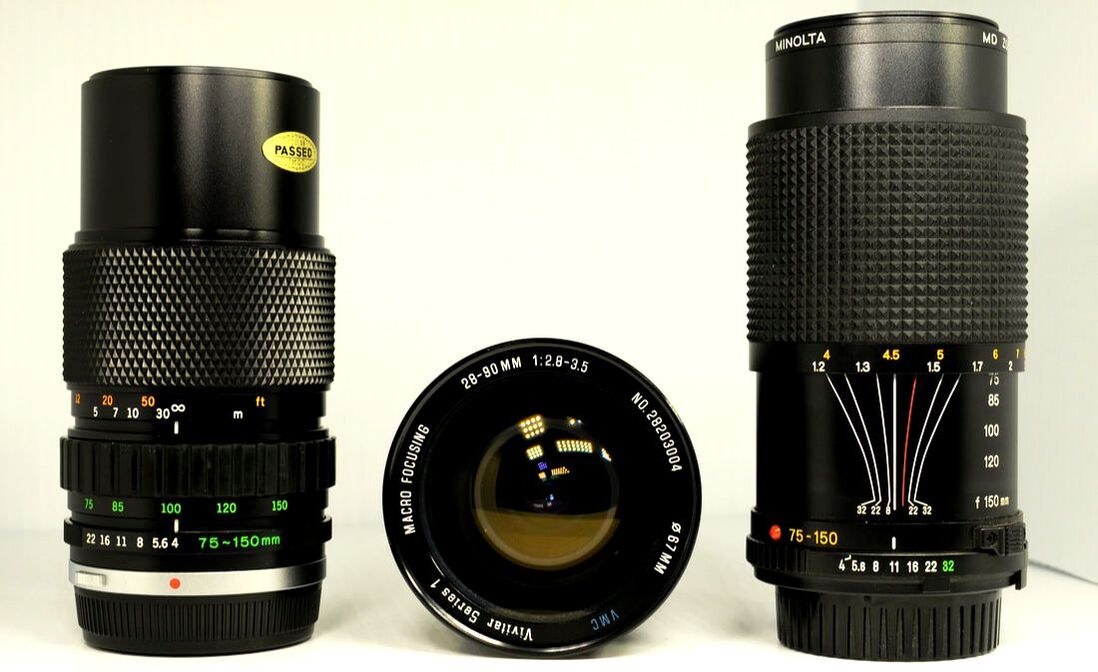
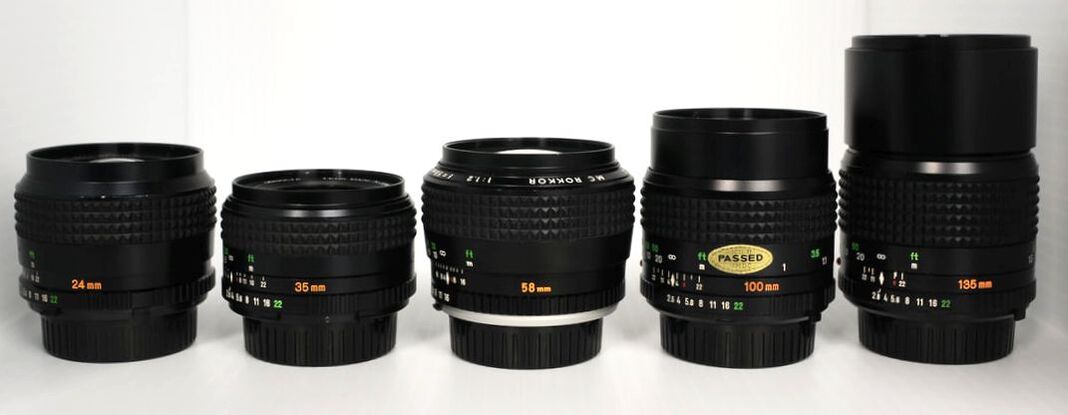
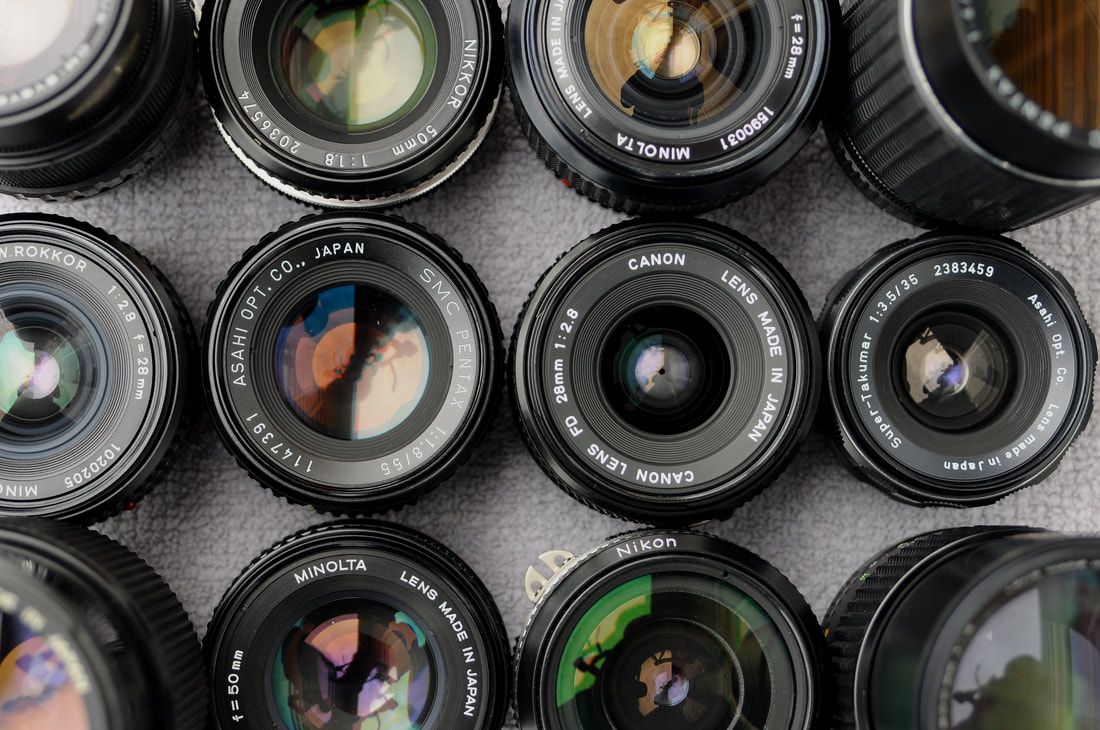
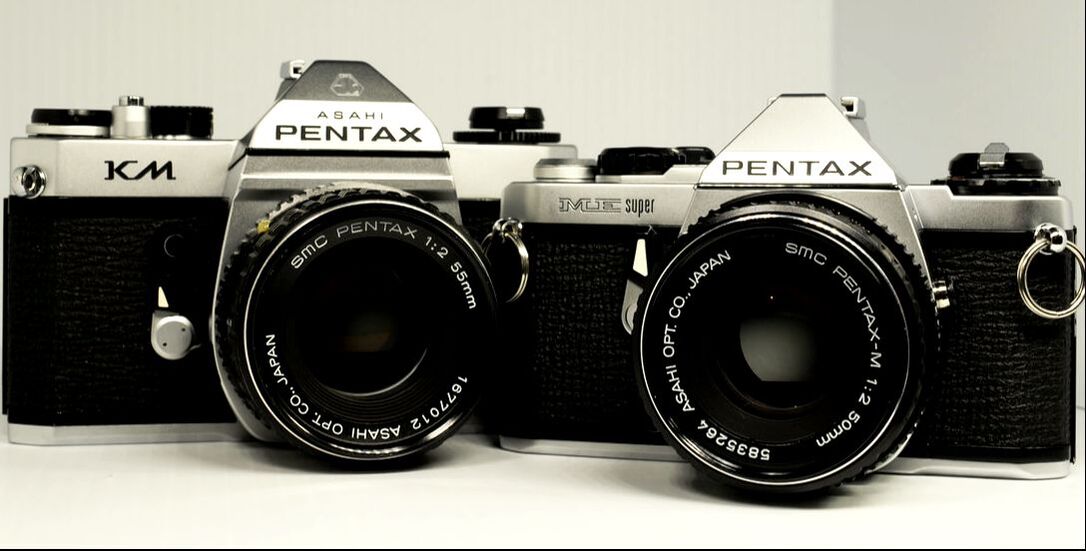
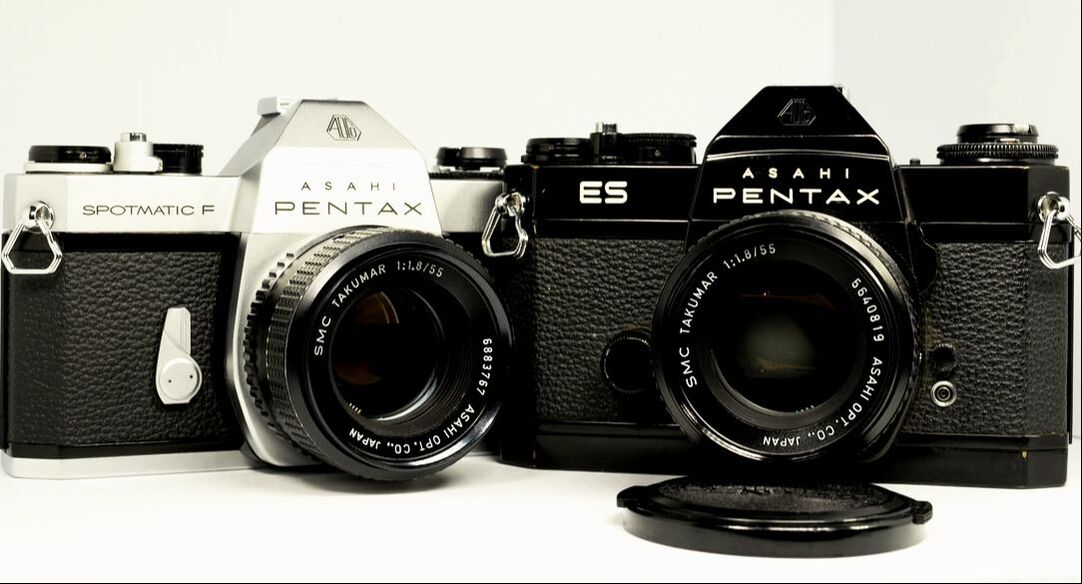
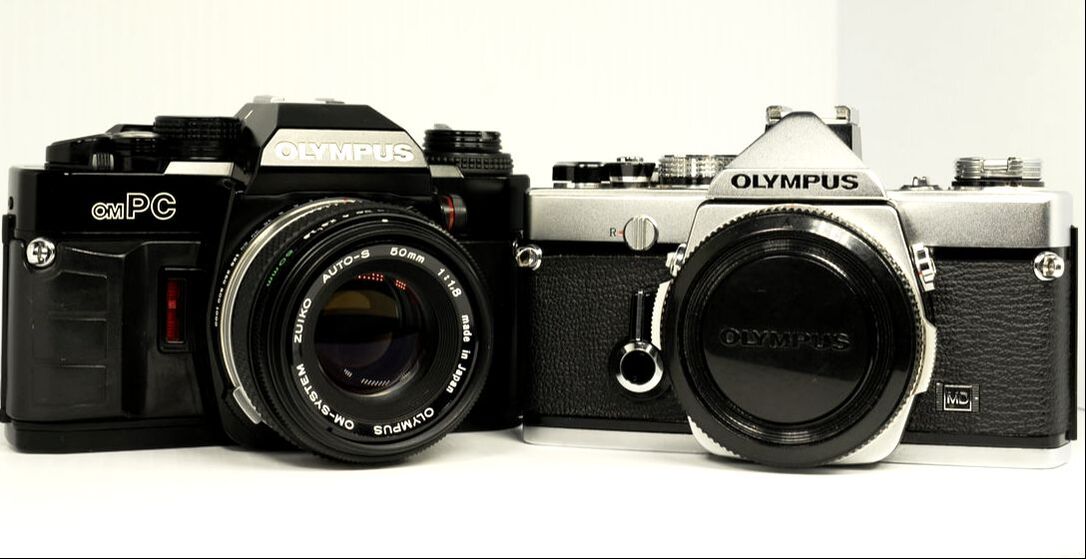
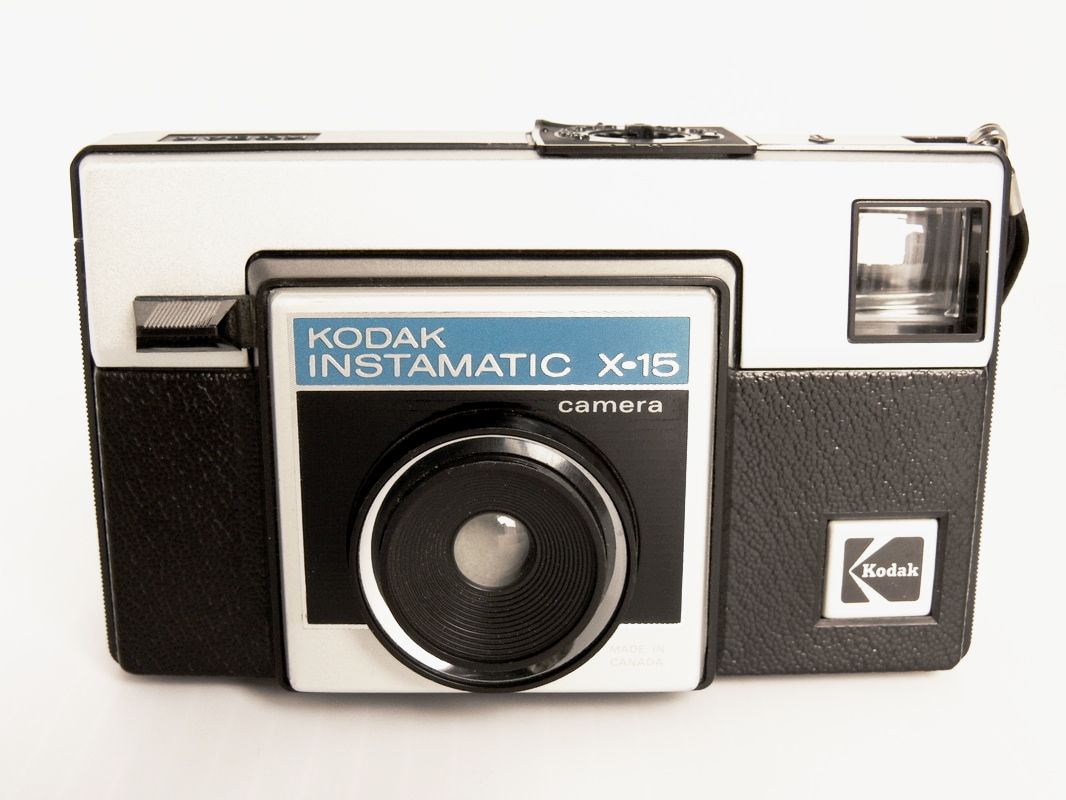
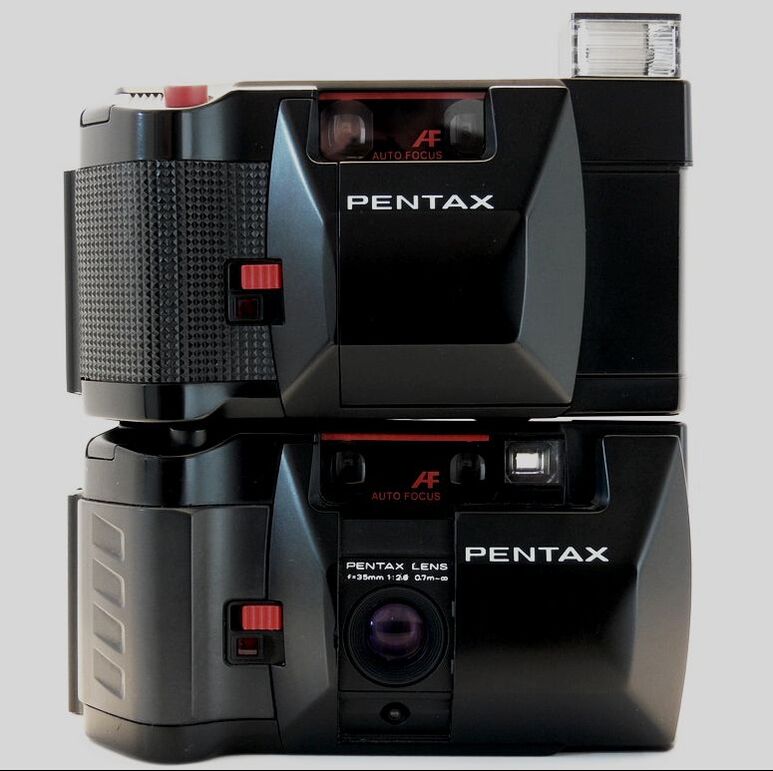

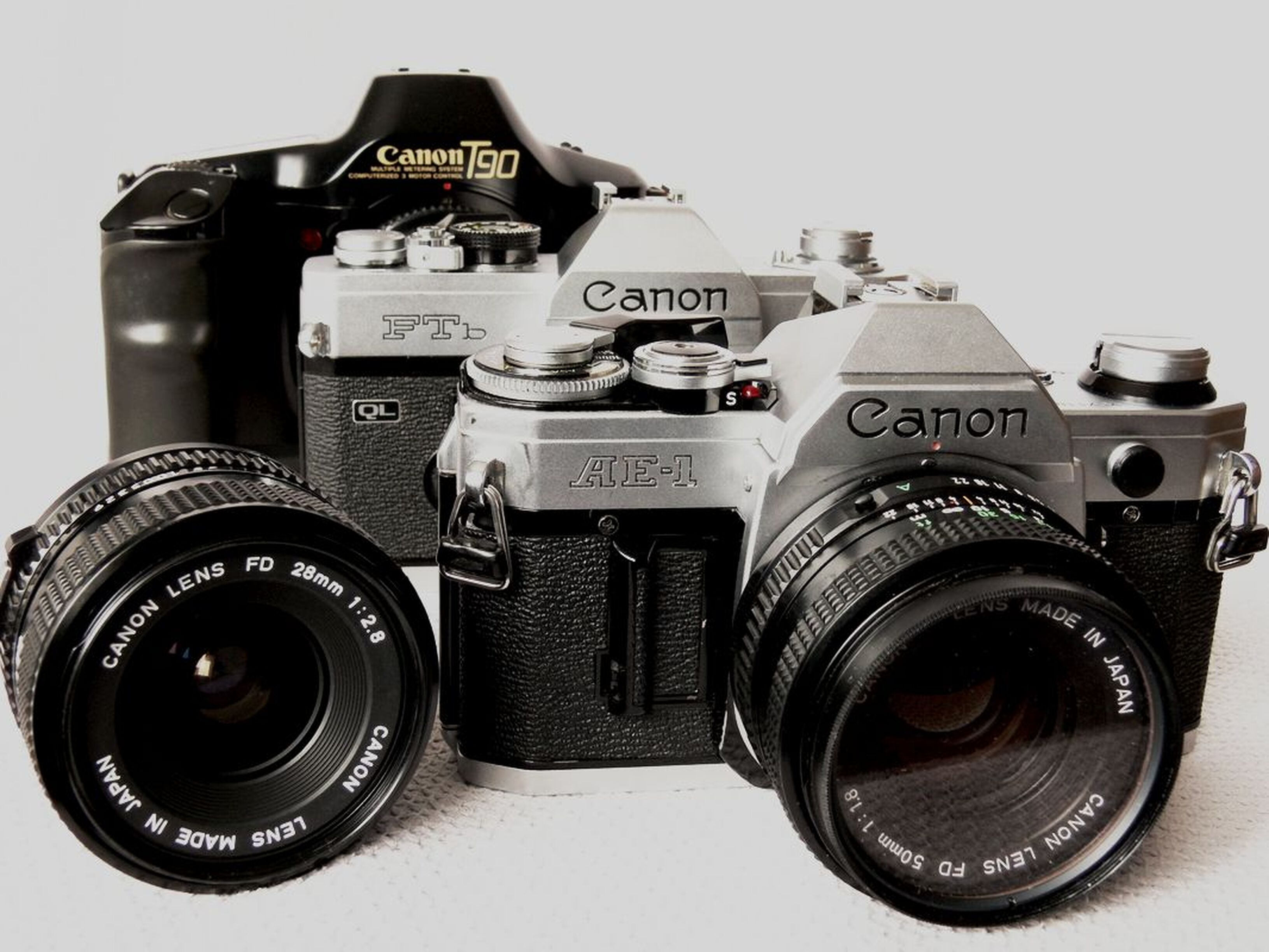
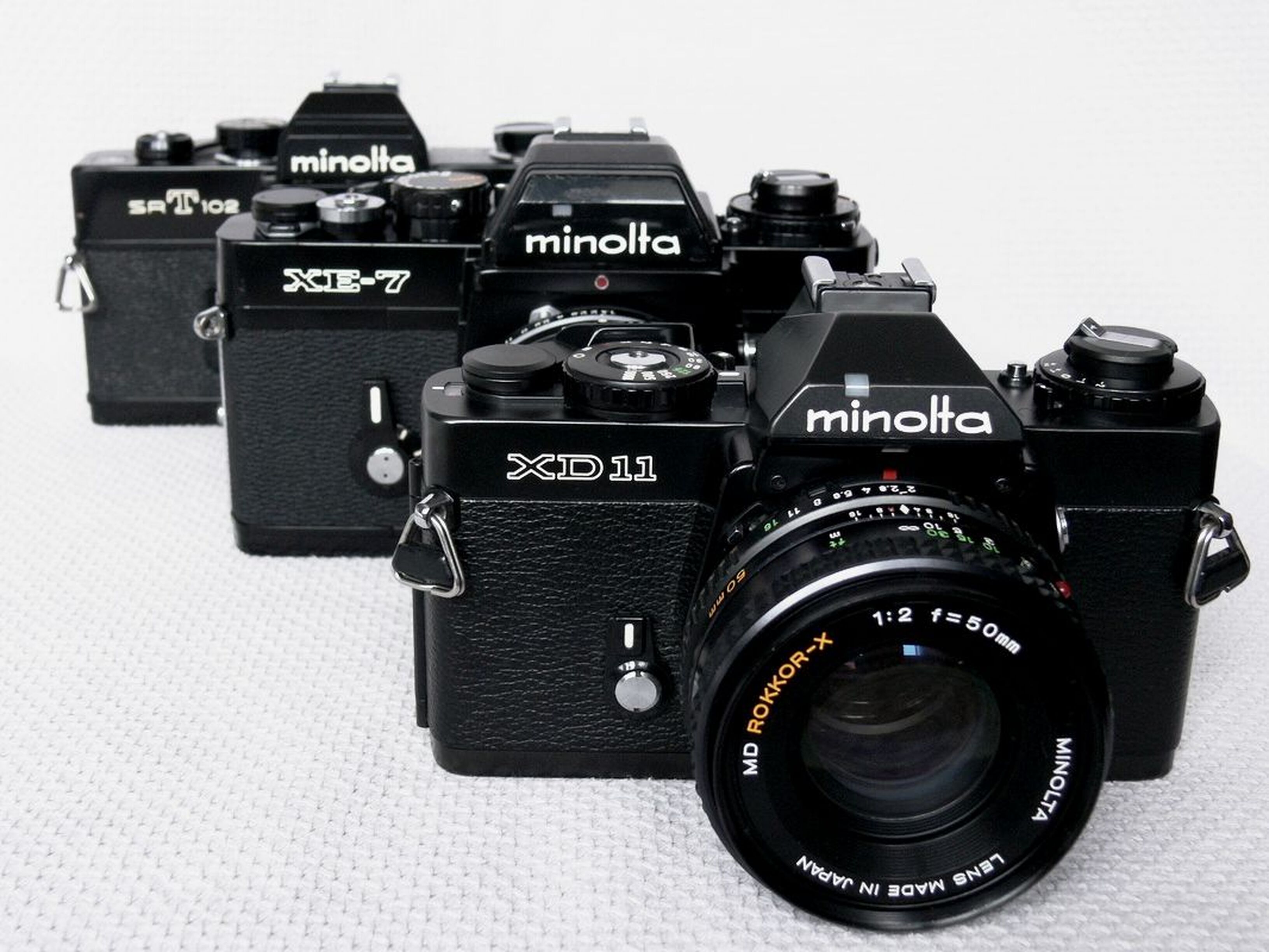
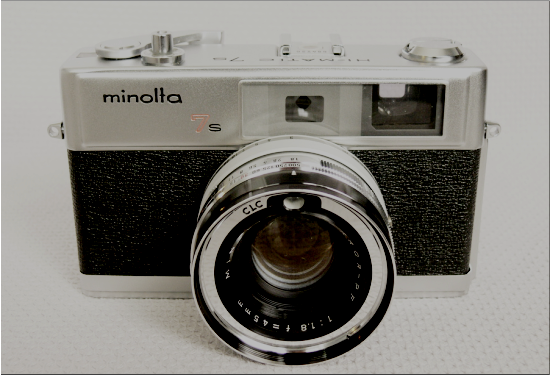
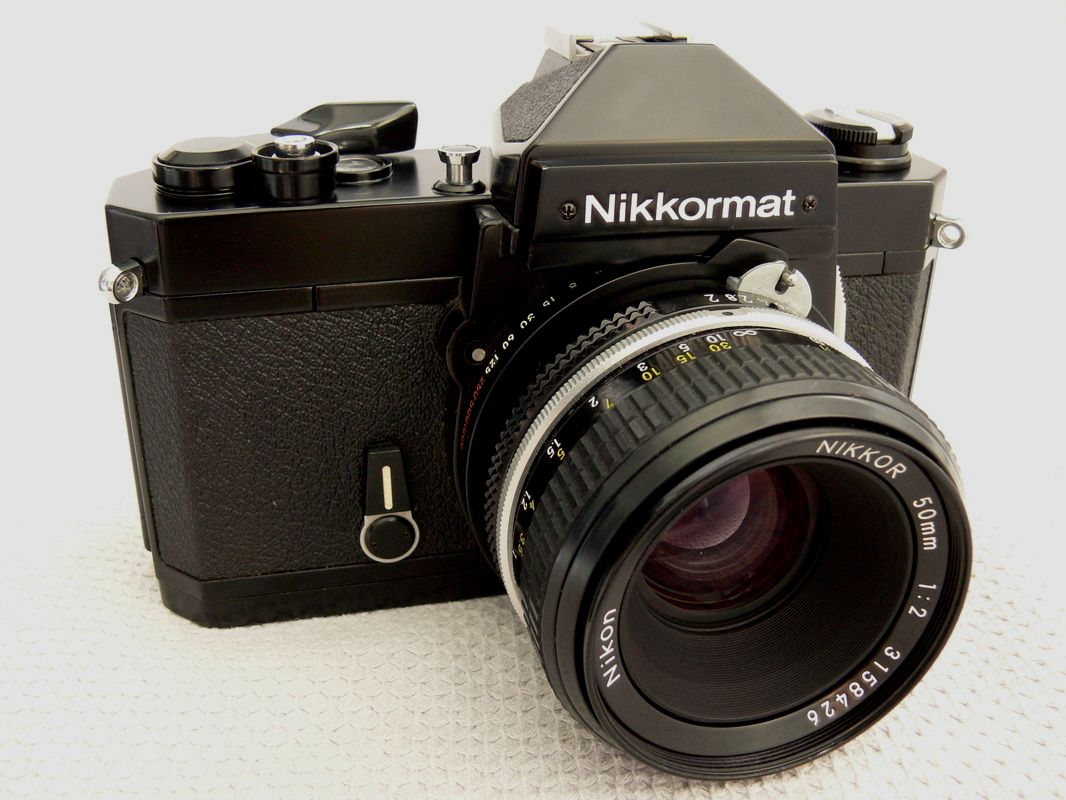
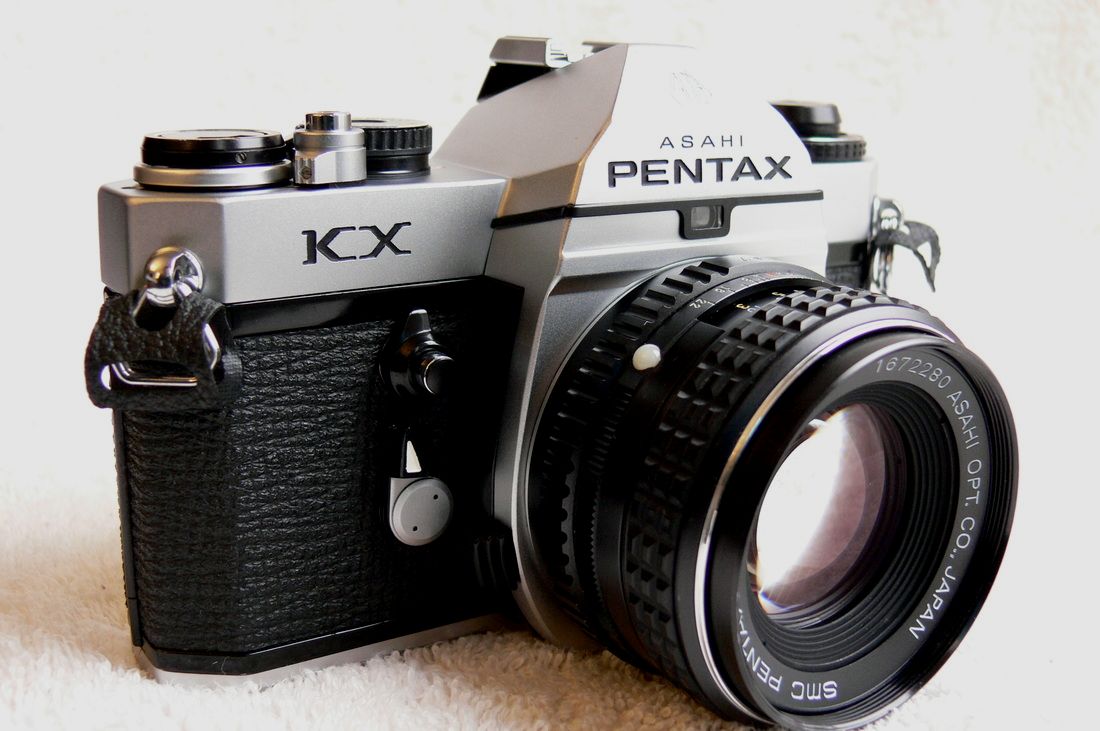
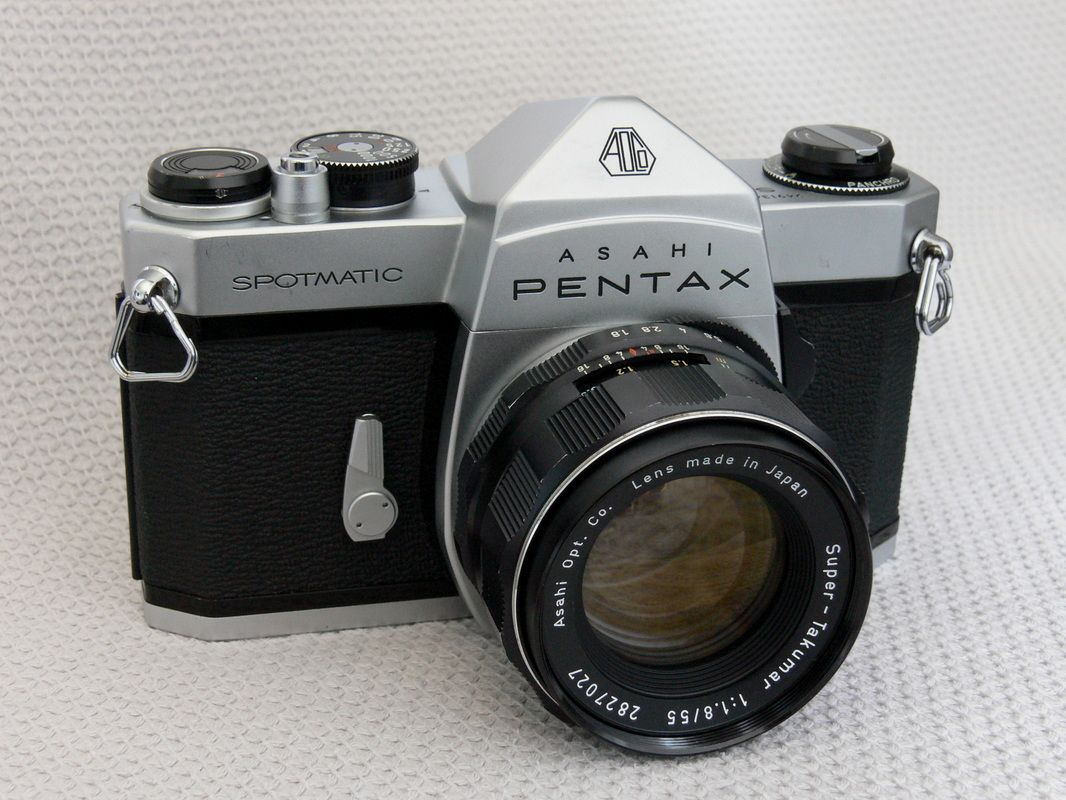
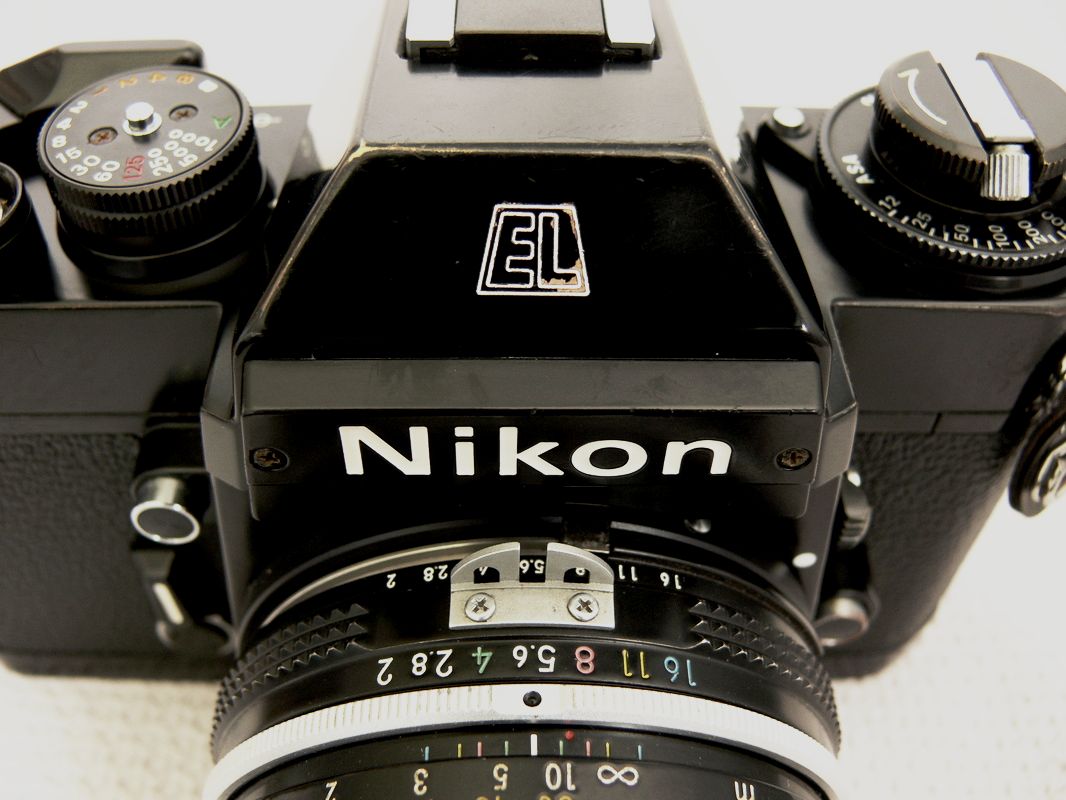
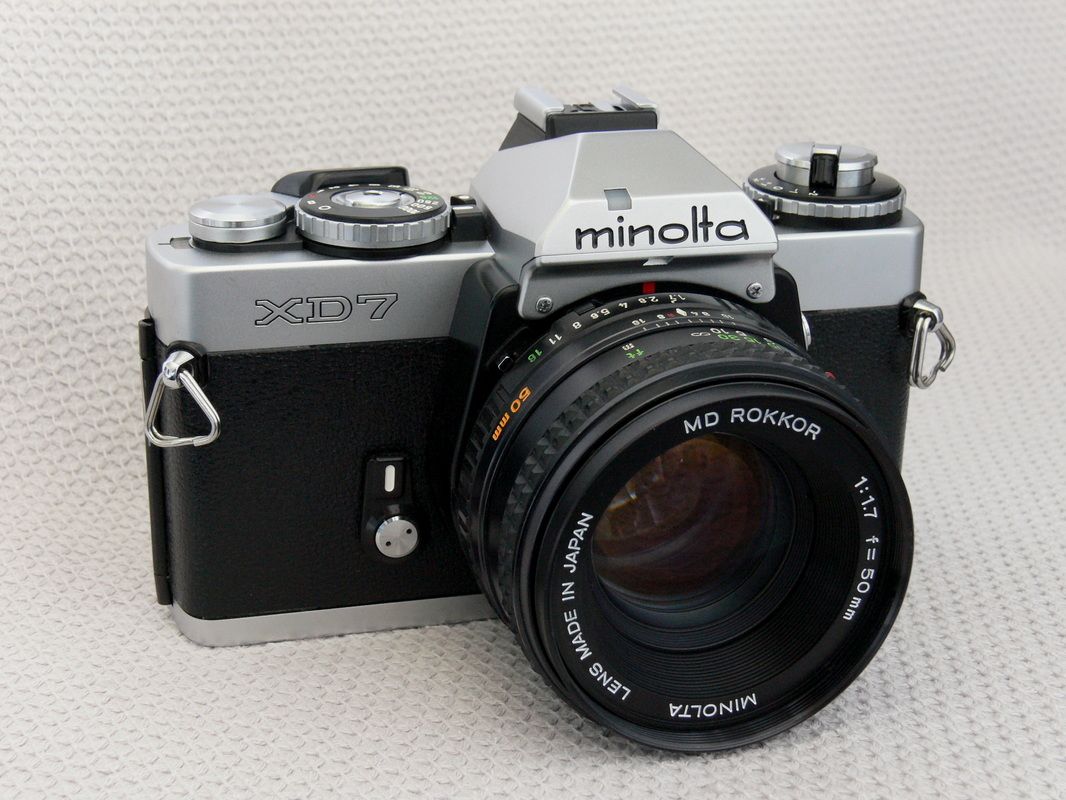
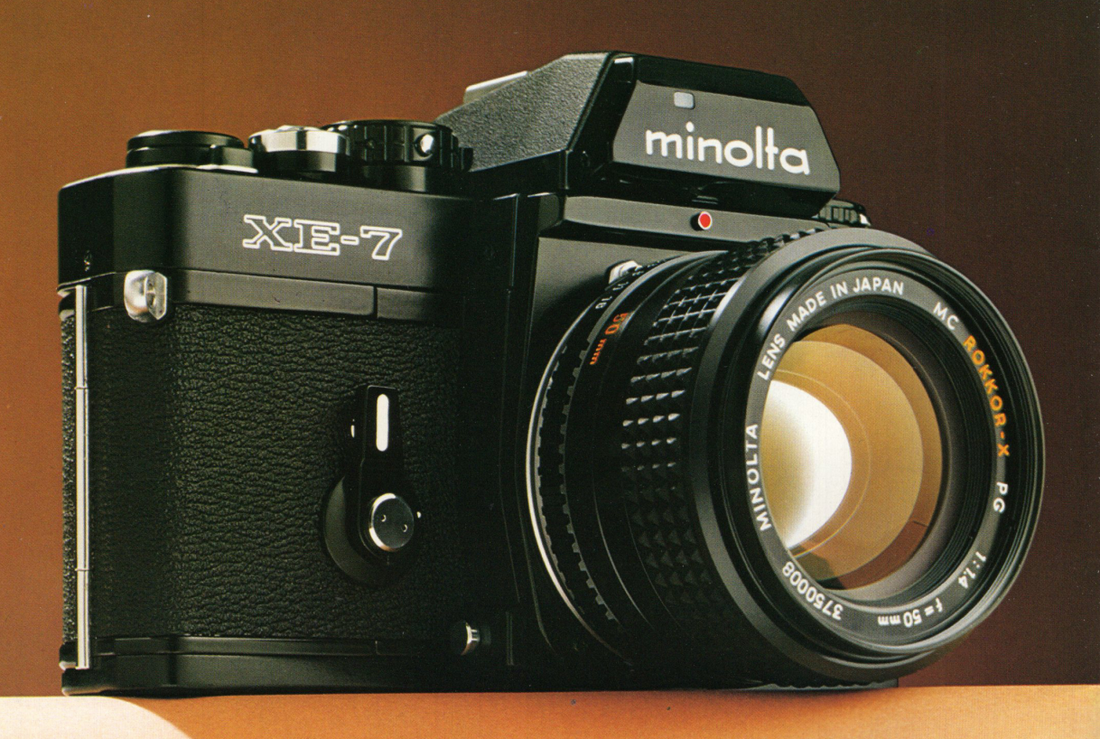
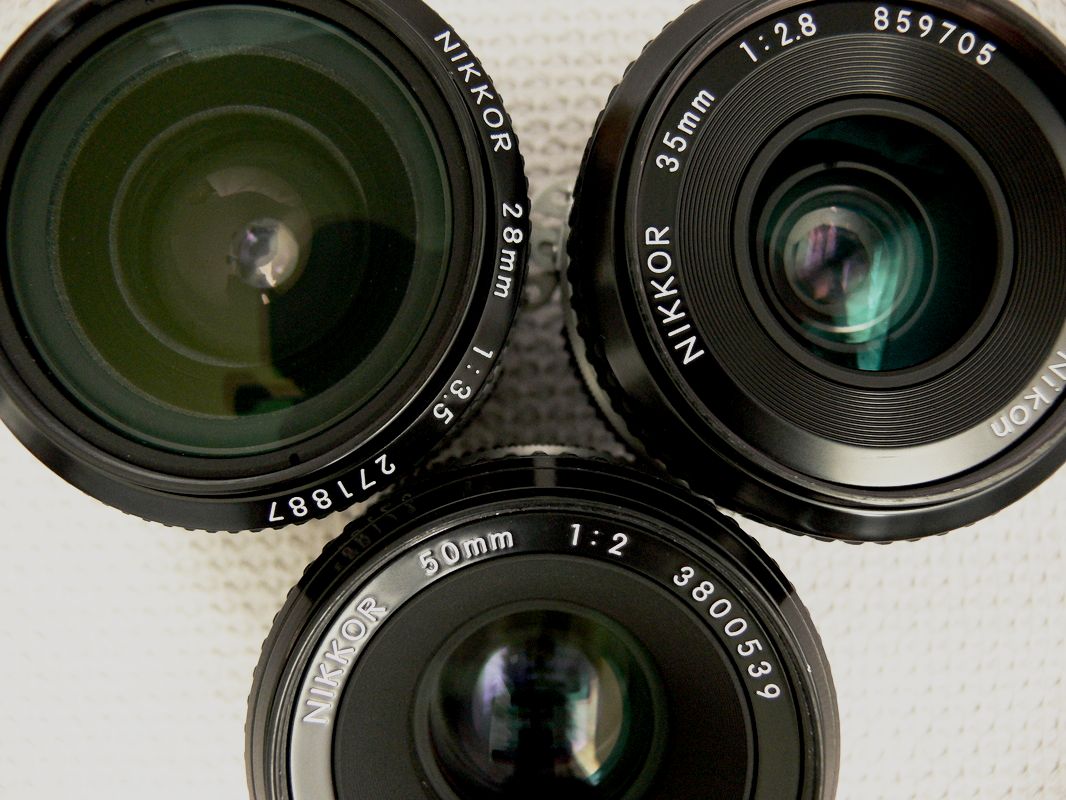
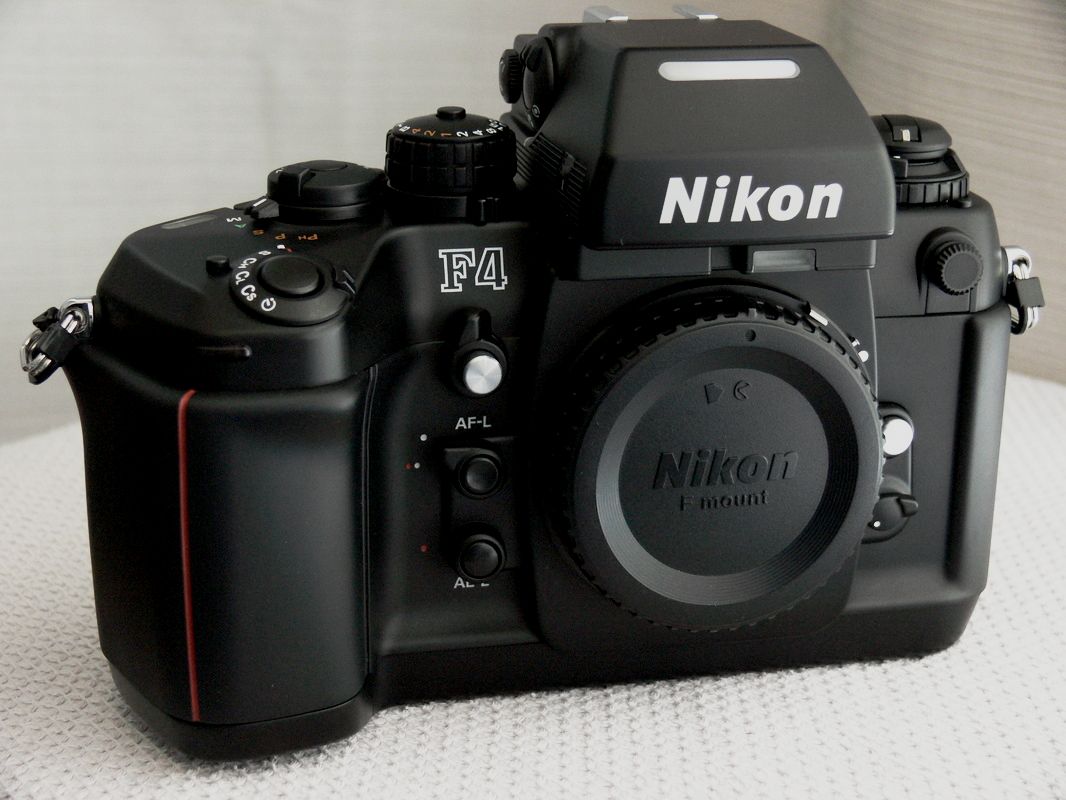
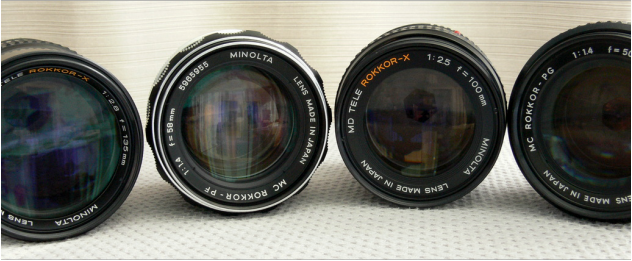
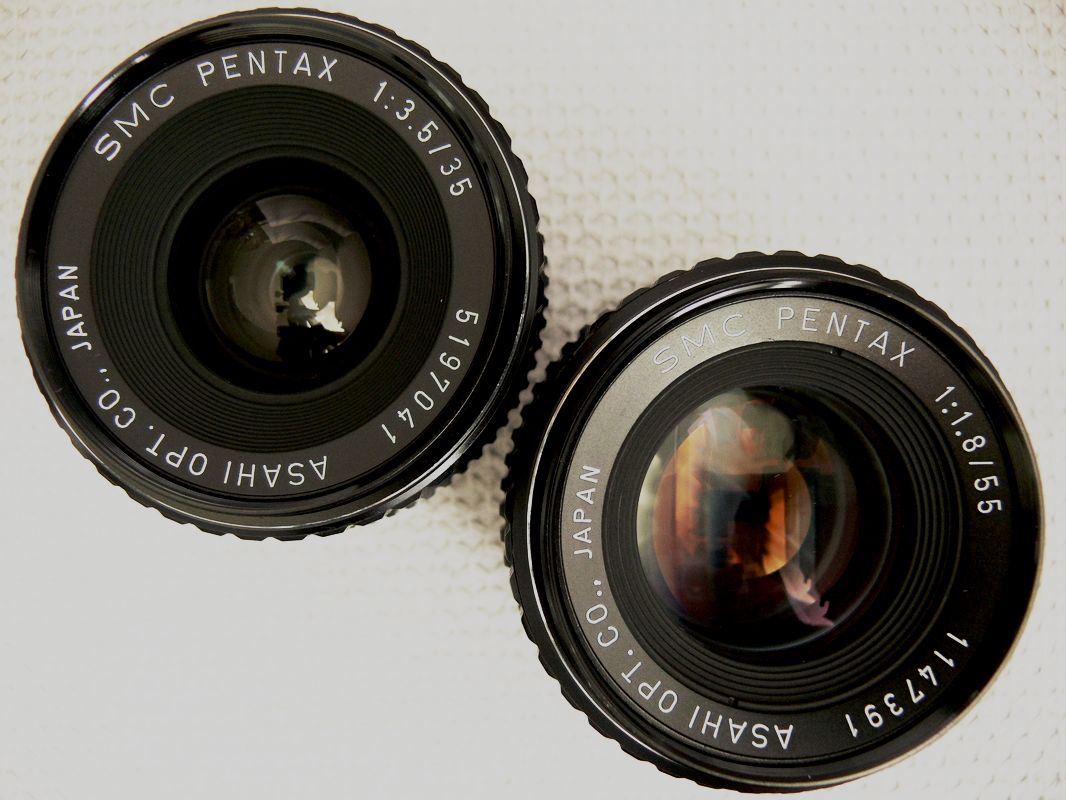
 RSS Feed
RSS Feed